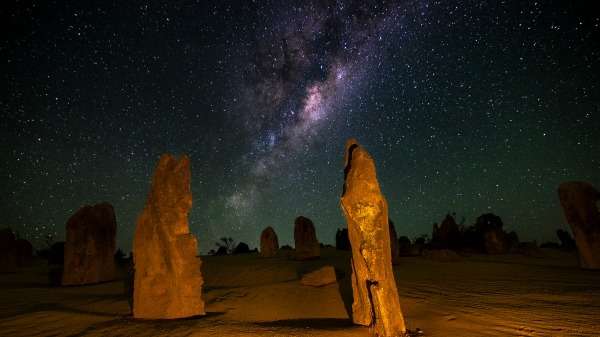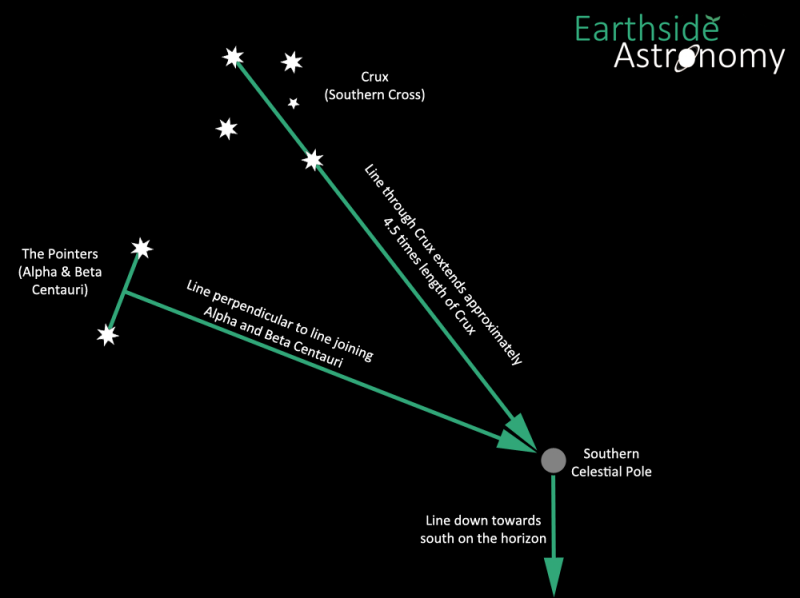Top five ways to get the most from the stars

Since humanity first looked up at the stars we have been amazed and inspired by the wonders of the night sky.
Unfortunately due to the overwhelming vastness of outer space, many astronomy newcomers quit in frustration before truly experiencing the cosmos.
So how can you get the most out of the stars? Several years of astronomy outreach has provided me with the following five tips;
Watch the Weather
As simple as it sounds, failure to forecast is a surprisingly common mistake! Disregarding this first and most important factor could be the end of your evening of stargazing.
In the field of optical astronomy, poor weather (particularly cloud cover), can be the difference between spending a beautiful night under the stars or a frustrating night viewing moisture in our atmosphere.
Find a Dark Site
Due to the increasing number of poorly shielded and misdirected city lights, we are lucky to see a few hundred stars from an urban location, but astronomers have calculated that there is approximately 100 – 400 billion stars in the Milky Way alone.
The glow from these stars and the ionised gas in the disk of the Milky Way allows us to see a spectacular view of the sky but to see this you need to get out of the urban sky glow and into some dark country locations.

Learn the constellations
All objects in the night sky can be described by the constellation boundaries that they are located within.
While you can get a phone app or a computerised telescope, nothing beats being able to look straight up at the sky and instantly identify the major constellations.
In the southern hemisphere we can easily find our way when lost at night by learning to find the constellation of Crux (the Southern Cross) and the Pointers (Alpha and Beta Centauri).
If you draw two imaginary lines, one through the Southern Cross and the other perpendicular to a line joining the two pointer stars, you will find the Southern Celestial Pole.
Looking directly towards the horizon below the Southern Celestial Pole will ensure you are facing South!
Use a star map or app
There are many tools to assist in identifying constellations, planets, clusters and galaxies in the night sky.
With the revolution of smart phones you can now download an interactive planetarium app to allow you to find previously difficult objects with the touch of a screen.
When choosing the app which is right for you ensure that it has night vision mode to ensure your eyes can dark adapt.
Seek out the local astronomical community
Taking up astronomy as a personal hobby is enjoyable but there is nothing like sharing your interest with other like-minded individuals. Throughout Western Australia there are several observatories and astronomy groups which are contactable through Astronomy WA.
Through these groups you will have the opportunity of viewing the sky through a variety of telescopes, and if you feel like taking the plunge and purchasing your own, these groups are repositories of knowledge to help you choose what makes, models and features are right for you.
So don't get frustrated, pull your telescope out of the cupboard and experience the wonders of the universe.
Provided by Science Network WA
This article first appeared on ScienceNetwork Western Australia a science news website based at Scitech.


















